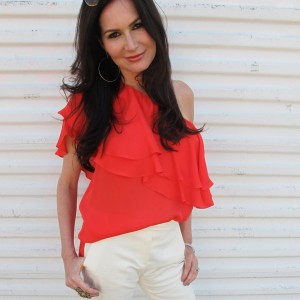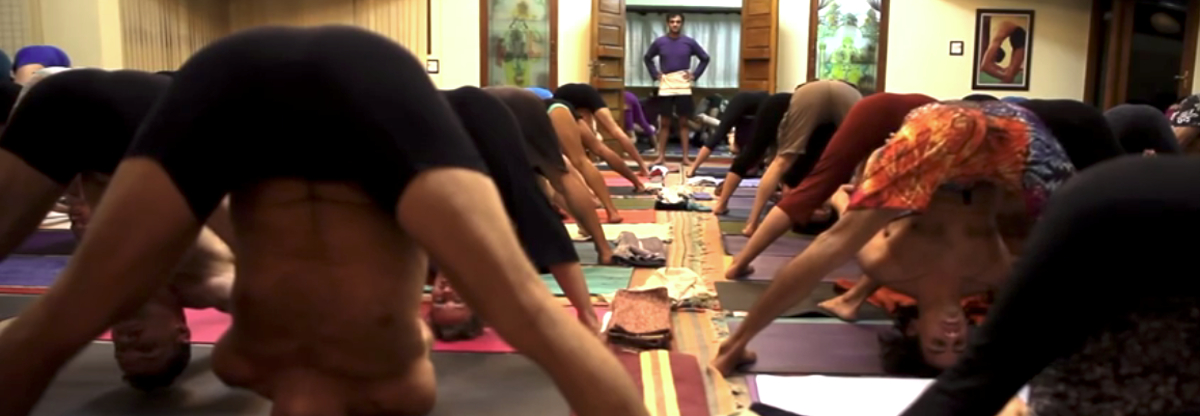About
 The practice of yoga is a transformative force in my life physically, mentally, emotionally and spiritually. I experience life with greater ease and equanimity. How I feel in my body is dramatically improved that I can no longer move through life without my regular yoga practice. It’s truly profound and very hard to explain. It must be experienced.
The practice of yoga is a transformative force in my life physically, mentally, emotionally and spiritually. I experience life with greater ease and equanimity. How I feel in my body is dramatically improved that I can no longer move through life without my regular yoga practice. It’s truly profound and very hard to explain. It must be experienced.
My yoga journey began in 2004 with power yoga. I noticed immediately that I was releasing stored emotions and I felt openings happening that were mysterious to me, and it inspired me on my quest to learn more. Six years later, in 2010, I took my 200-hour Teacher Training and began to teach vinyasa flow.
Around the same time, I took an interest in the practice of Ashtanga yoga. I took a deep dive into Ashtanga and it has been part of my regular practice since. For me, there is nothing quite like it. How I feel after a sweaty asthanga practice is energized, detoxified, balanced and accomplished. After lots of practice and training, in 2015, I began to teach Ashtanga yoga. My friend and I started one of the first Mysore (self practice) programs in Dallas, Texas where we hosted many great teachers: Eddie Stern, Greg Nardi, Diana Christinson, Marie Belle etc.
I’ve traveled far and wide to study yoga: Bali, Europe, Mexico, Central America, India and various parts of the USA. Teachers significant to my development include David Swenson & Shelley Washington (primary series teacher training); Tim Miller (primary series TT and second series TT); Diana Christinson (apprenticeship) and Matthew Sweeney (500 hour TT in ashtanga and vinyasa krama) and Sharath Jois, Mysore, India. There have been countless other workshops and teachers with whom I also credit for my development along the way.
In 2016, I had the honor to work directly under the guidance of Diana Christinson through an apprenticeship at Pacific Ashtanga Yoga Shala where I assisted in the Mysore room learning new adjustment techniques while getting used to the pace and diversity of a busy shala. Over the last four years I have been making month long trips to study ashtanga and vinyasa krama with Matthew Sweeney recently completing his Level II TT, which is recognized by Yoga Alliance, UK as 500-hour training. I am certified to teach some of the methods of vinyasa krama, pranayama and meditation as as been developed by Matthew over the last three decades. (www.yogatemple.com).
I hope to have the opportunity to share my passion for yoga with you.




























































